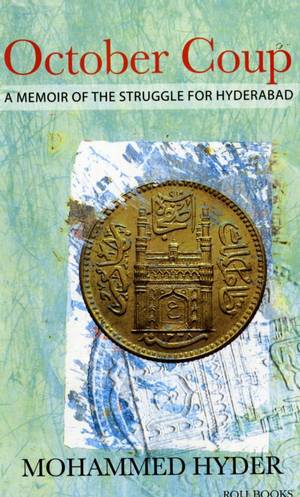HOW THE NIZAM LOST HYDERABAD IN 1948

[1]Hyderabad, the largest princely state at the time of Indian independence was caught in a confusing web, partly of its own making. Bred on the delusion of born to rule, always protected by the British and egged on by Razakars, a volunteer militia, the seventh Nizam, Mir Osman Ali Khan, was pitching for independent sovereign state. Often susceptible to wrong advice, the Nizam took the “dispute” of Hyderabad’s future to the U.N Security Council even while preposterously considering the option of merging Hyderabad with newly carved out Pakistan. On the other hand, India was furiously pursuing Hyderabad to join the Indian Union adopting a carrot and stick policy authored by Sardar Vallabbhai Patel.
[2]Patel was gearing up to launch a military operation euphemistically called Police Action. Congress, Arya Samajis and Communists were running freedom movements both for the liberation of Hyderabad from Nizam’s rule and an end to feudalism. The period preceding the liberation of Hyderabad State on September 17, 1948, a full 13 months after Indian independence, was turbulent to say the least. In his memoir, Mohammed Hyder, brings alive all these aspects lucidly weaving facts of history with his own annotations based on interactions with some of the most powerful state and non-state actors of the time who shaped the destiny of Hyderabad.
[3]Using to full effect his situation as man at ground zero during that critical transition period, the Hyderabad Civil Service officer comes up with a balanced narrative shorn off exaggerations. As Collector of Osmanabad, (now part of Maharashtra) a large politically sensitive border district of Hyderabad State he had several unenviable tasks. The most challenging was tackling “violent raids” by the Congress from Indian territory “to cripple civil administration and provoke annexation” and reining-in the armed Razakars, floated by Majlis-e-Ittehadul-Muslimeen who took upon themselves the task of protecting Muslims and the Muslim rule.
[4]The book is actually an edited version of Hyder’s tenure in Osmanabad written by him in jail in July and August of 1949. He was in jail after the new Hyderabad Government suspended and arrested him and slapped 23 cases including 14 murders, arson and loot — an ordeal undergone by several officers of the time.
[5]The Hyderabad question, he observes, had become a major unresolved issue at the beginning of 1947, no less worrying than Kashmir. In a dispassionate dissection of the unfolding situation, he presents the causes, the differing perceptions and perspectives of the turmoil and the Nizam’s as well as the Muslims’ dilemma. At the level popular politics there was one overwhelming fact, he explains: “Hyderabad was predominantly Hindu with Muslims representing some 20 per cent of the population. From one perspective its political arrangements were self evidently undemocratic, with an autocratic Muslim ruler at the head of the system and a small, apparently reactionary Muslim ruling class dominating its administration and political life”.
[6]Expectedly he finds a contrasting perception inside the ruling system: “Hyderabad was viewed as a state blessed with a remarkably secular outlook, enjoying communal harmony, with a benign ruler concerned with the advancement of the poor and the protection of the oppressed; an excellent administration … and an eclectic ruling elite …”